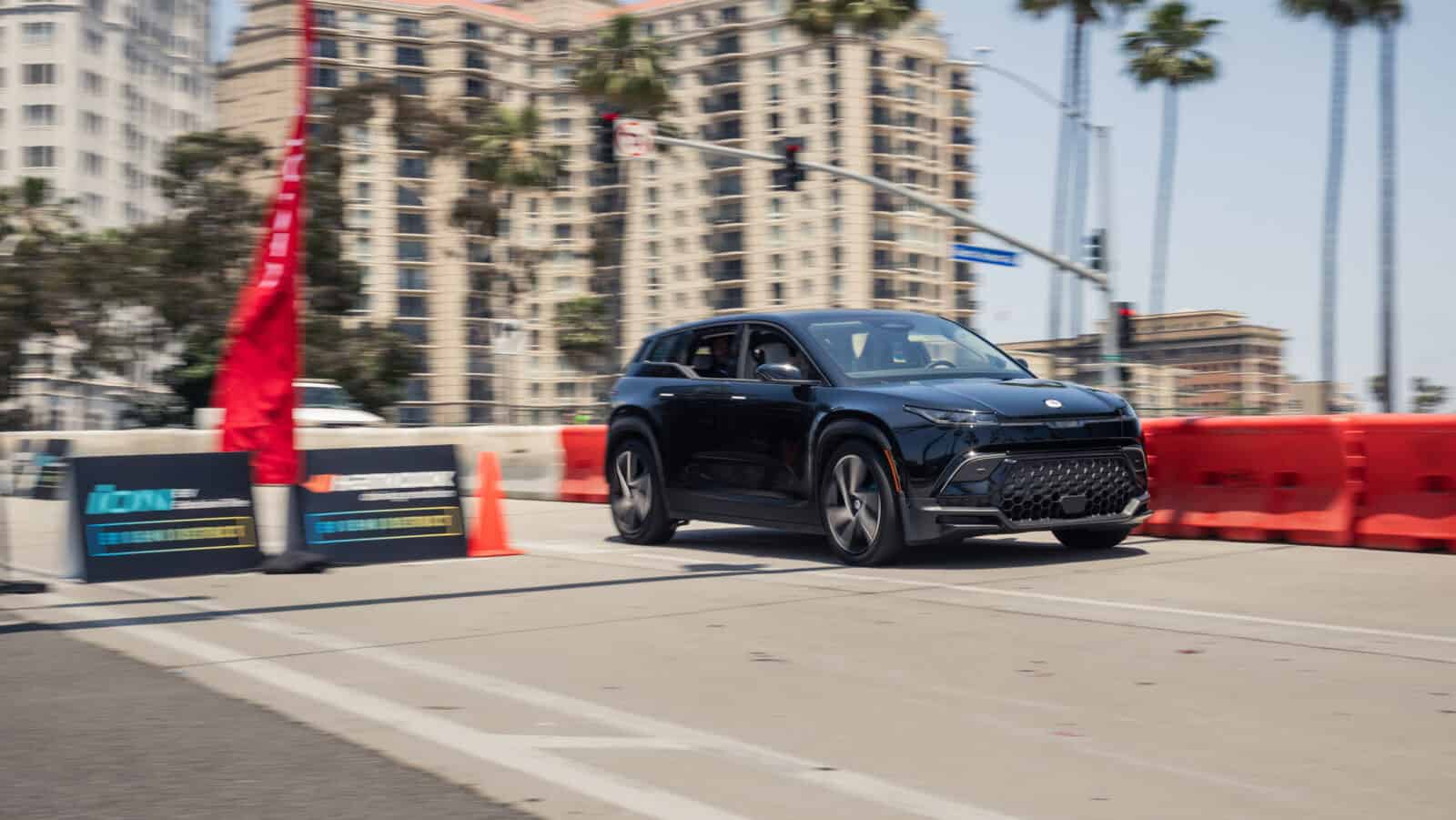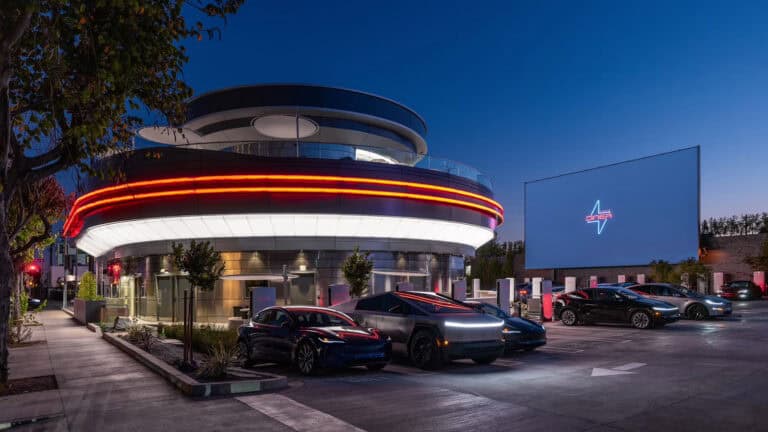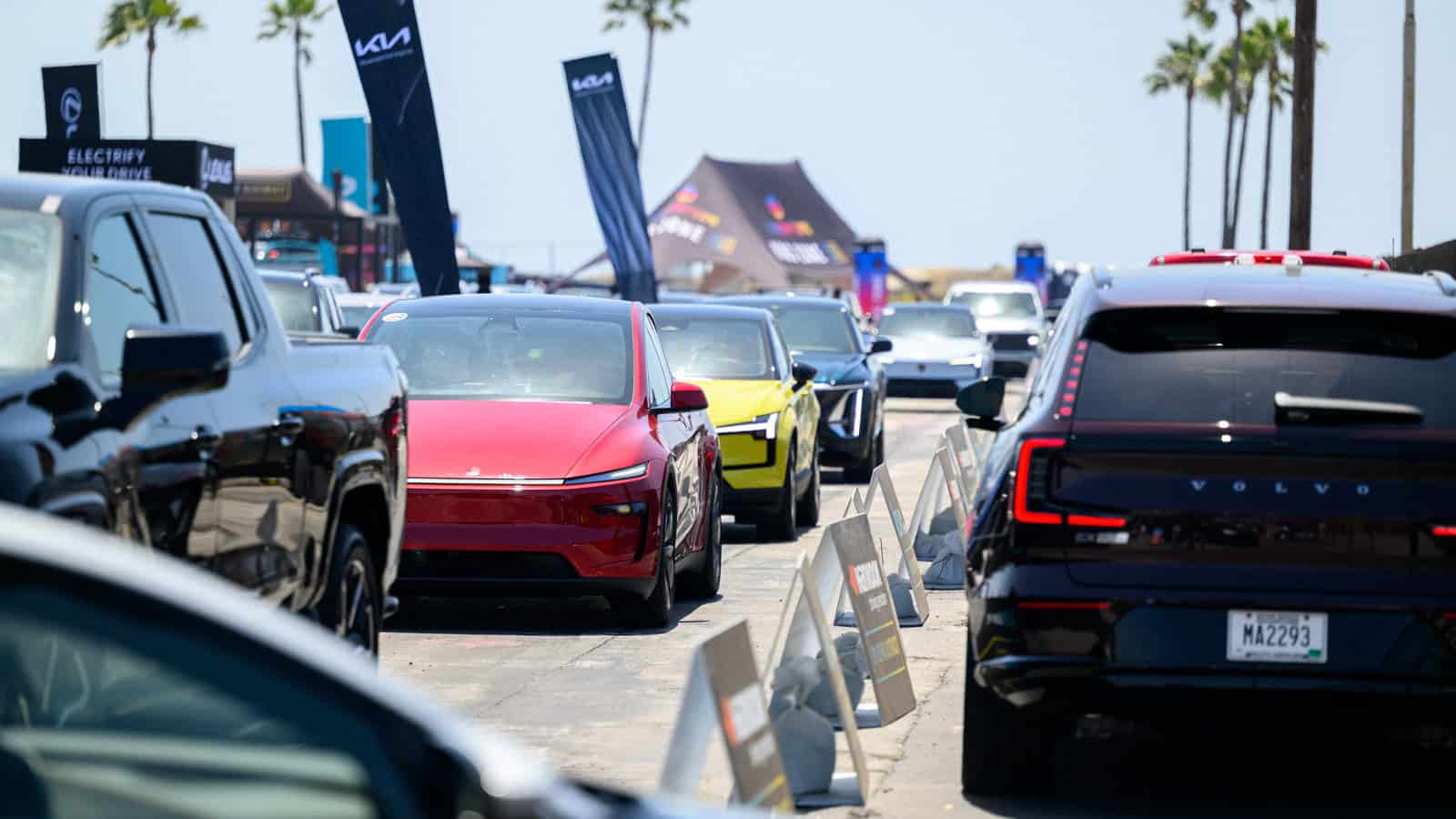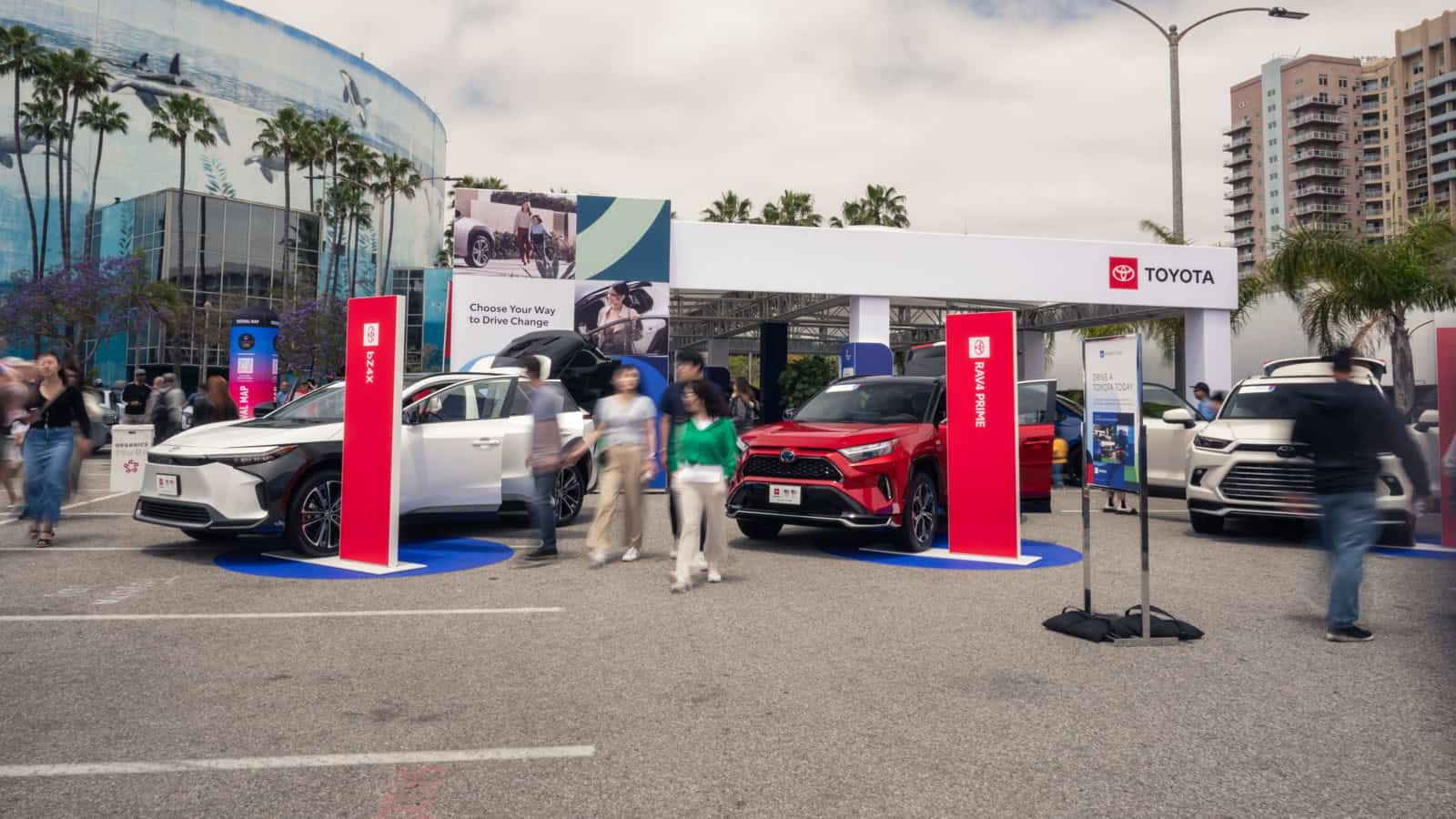- Fisker filed for Chapter 11 bankruptcy due to financial difficulties after unsuccessful investment negotiations.
- The company estimated its assets between $500 million to $1 billion, with liabilities ranging from $100 million to $500 million.
- Fisker faced regulatory scrutiny and operational issues, such as braking problems, impacting sales and forcing a shift in its sales strategy.
Fisker, the ambitious electric vehicle automaker known for its Ocean electric SUV, has filed for Chapter 11 bankruptcy protection. The decision follows failed investment negotiations and increasing operational challenges, including regulatory scrutiny over vehicle issues like braking reliability. With assets valued between $500 million to $1 billion and liabilities ranging from $100 million to $500 million, Fisker’s restructuring stresses the financial challenges that EV startups face. Major creditors, including Adobe, Google, and SAP reveal the extensive financial ties in a turbulent industry facing supply chain chaos and unpredictable market shifts.
ADVERTISEMENT
“We have made incredible progress since our founding, bringing the Ocean SUV to market twice as fast as expected,” stated a spokesperson for Fisker. “Our commitment to sustainability resonated with customers, placing thousands of Fisker Ocean SUVs on roads across North America and Europe.”
The decision to seek Chapter 11 protection stems from a series of financial hurdles, exacerbated by failed investment negotiations with a major automaker, rumored to be Nissan. This setback denied Fisker a crucial $350 million investment, prompting the company to explore strategic alternatives to sustain its operations.
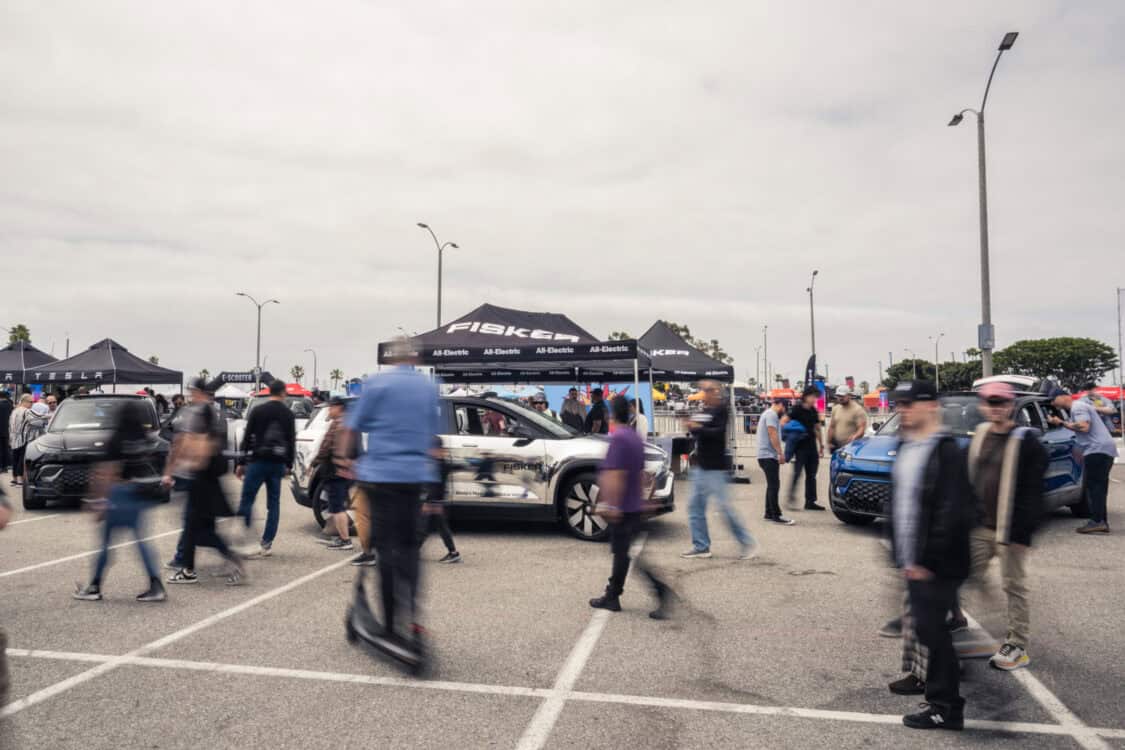
Despite a promising public listing in 2020, which infused Fisker with over $1 billion in cash, the company struggled to translate its financial momentum into sustainable growth. Regulatory scrutiny over braking and operational issues further strained its resources, leading to a shift from direct-to-consumer sales pioneered by Tesla to a dealership-centric model.
ADVERTISEMENT
“Our journey has been shaped by market headwinds and macroeconomic challenges that tested our resilience,” admitted the spokesperson. “After careful evaluation, pursuing a sale of our assets under Chapter 11 is the most viable path forward.”
Fisker’s bankruptcy filing in Delaware showed it had assets valued between $500 million to $1 billion, while its liabilities ranged from $100 million to $500 million. Major creditors included big names like Adobe, Google, and SAP, highlighting the scale of its financial obligations.



Despite aiming high, Fisker encountered operational challenges such as production delays and quality control issues, resulting in an inventory of more than 5,000 unsold vehicles. While shifting to a dealership model was intended to boost sales, it did not succeed in selling off the surplus stock.
ADVERTISEMENT

IMAGES: ELECTRIFY EXPO
FTC: We use income-earning auto affiliate links. Learn more.


